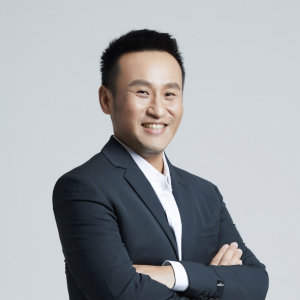It’s fair to say that generative AI has created an upheaval in the art domain this year. When Netflix experimented with releasing an anime with AI-generated backgrounds in Japan, it stirred up a lot of controversy among animators; an AI-generated song using Drake’s voice that went viral ignited a similar response. It’s been one case after another, and we can definitely expect more.
Achieving a balance between AI-generated and human-generated art is not an issue that will be resolved any time soon. However, some new perspectives have been emerging that are expanding my field of view on the subject.
If we only look at AI as a new technology tool, we will naturally be limited to comparing its ability, value, and productivity to our own (thus commences doomsday thinking). But if we view it as a kind of paradigm shift, then we can expand our thinking to imagine a future in which the standards for and ways of consuming art will undergo a radical transformation.
Grammy-winning rapper Lupe Fiasco and WIRED columnist C. Brandon Ogbunu recently collaborated on a report providing a vision of the hip-hop world 50 years from now. In it, they imagine that in the future, artists might not just sell their works, but monetize the AI data sets used to create them, with each artist’s unique expertise becoming the distinctive features of different data sets.
And in June of 2022, Cosmopolitan featured a cover generated entirely from AI, inviting popular digital creator Karen X. Cheng to develop the art. Karen later revealed her creative process of constantly updating, adding, testing, and searching for the right prompts for the AI. People were impressed with her process in the same way they might admire how a painter takes a blank piece of paper and turns it into a stunning work of art.
The fact is that during this paradigm shift there will without a doubt be many details and issues to be worked out. But we should avoid doomsday thinking and focus on how AI perhaps won’t replace art, only change the way people create and people consume it, even opening up more diverse revenue sources and opportunities for artists.

